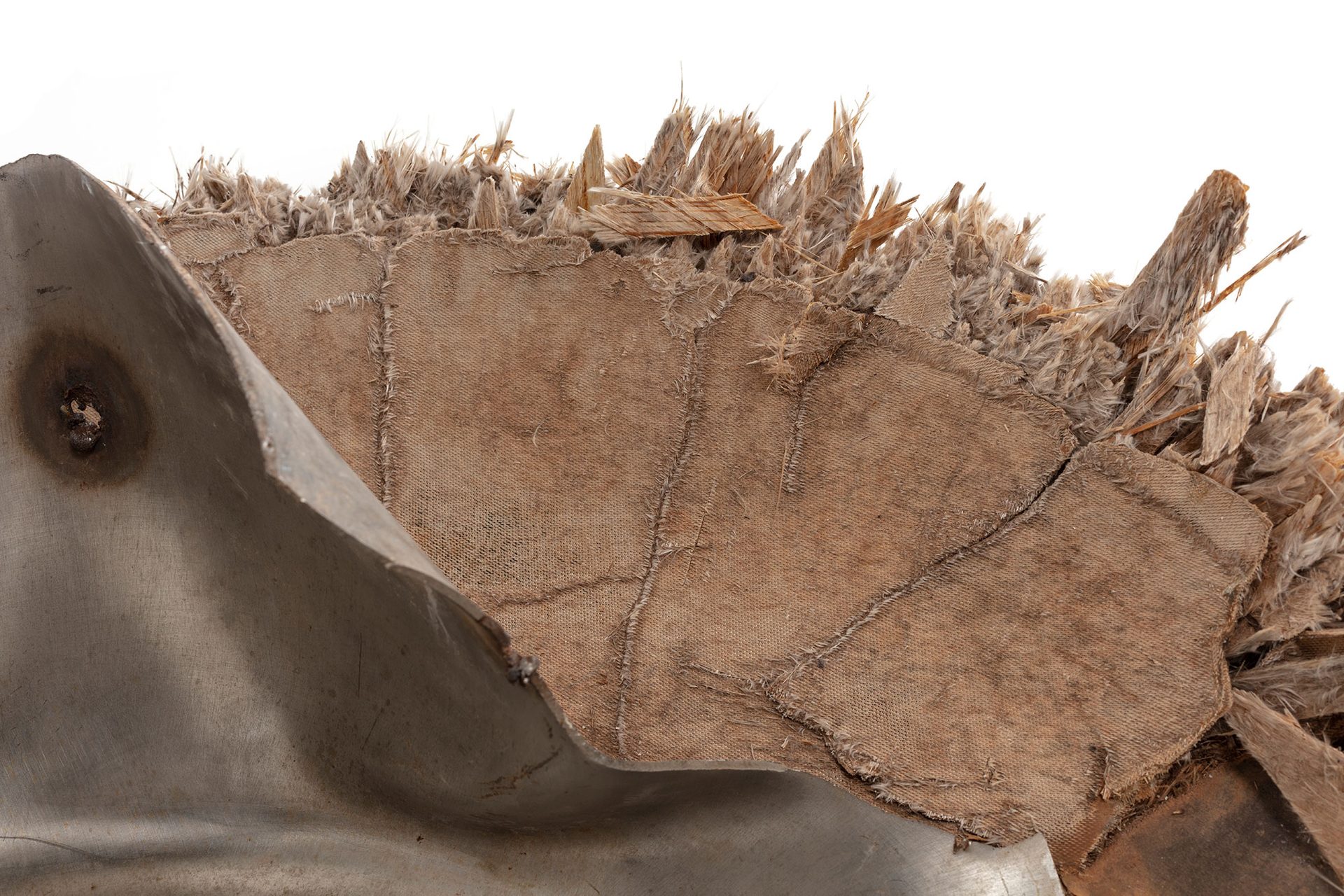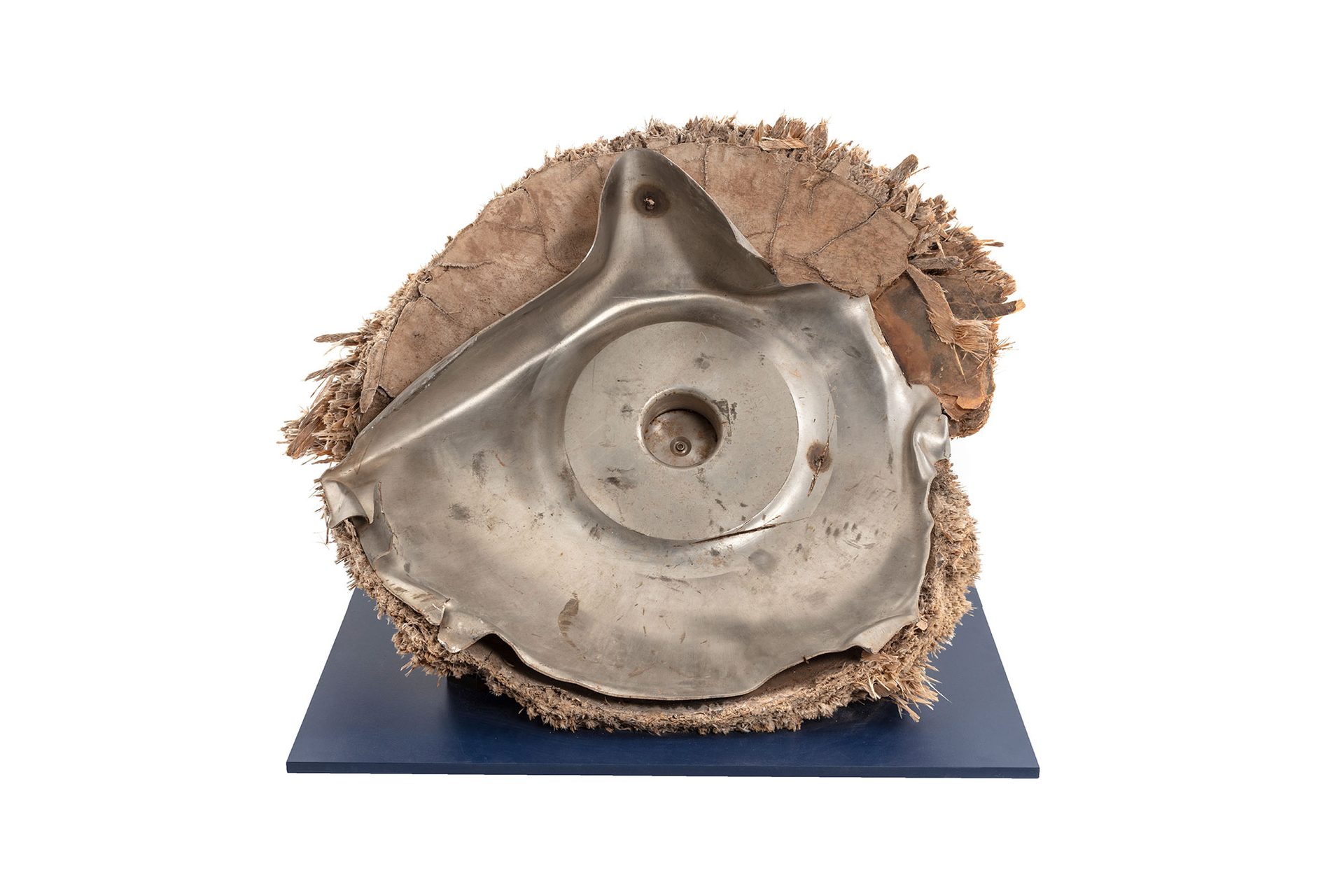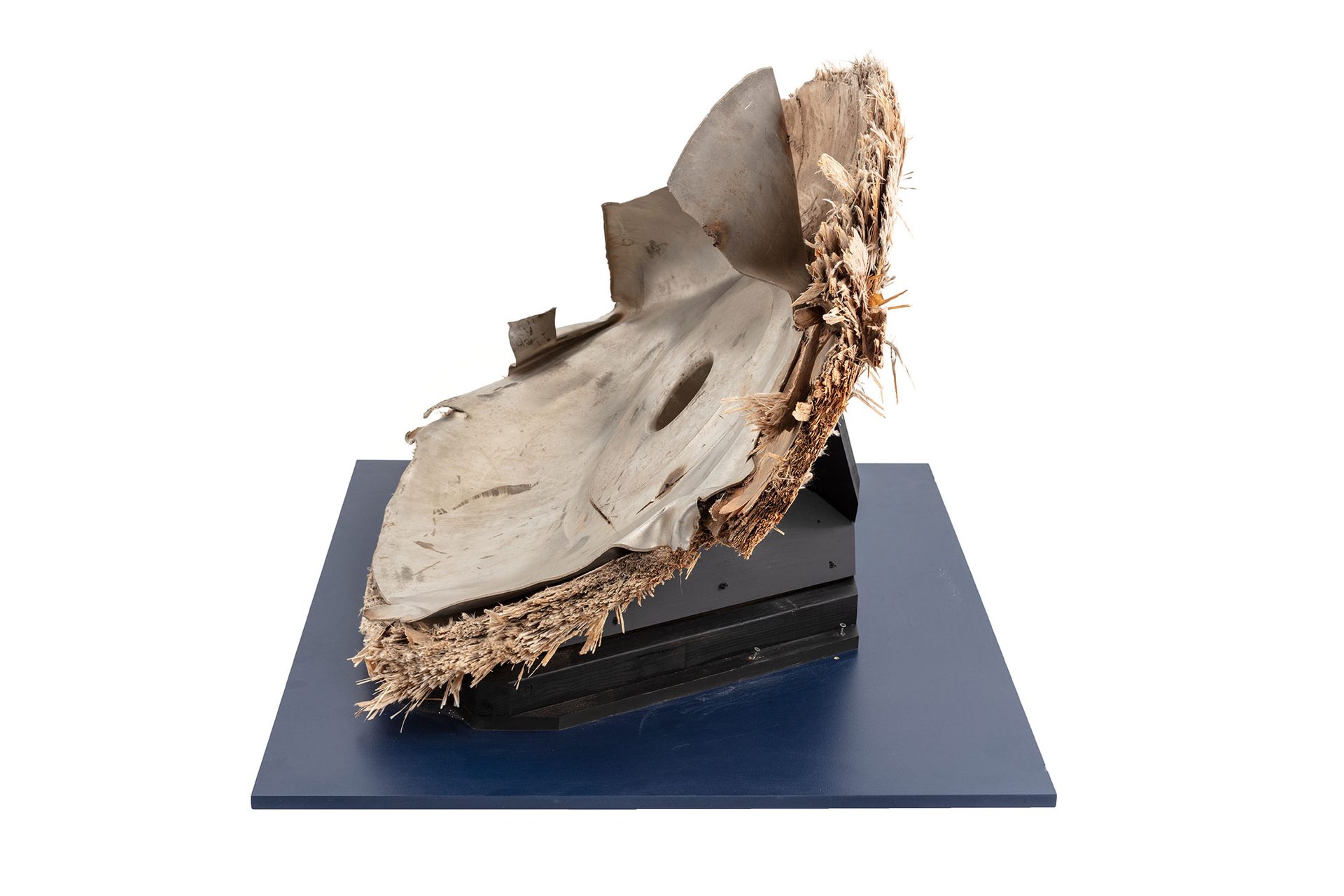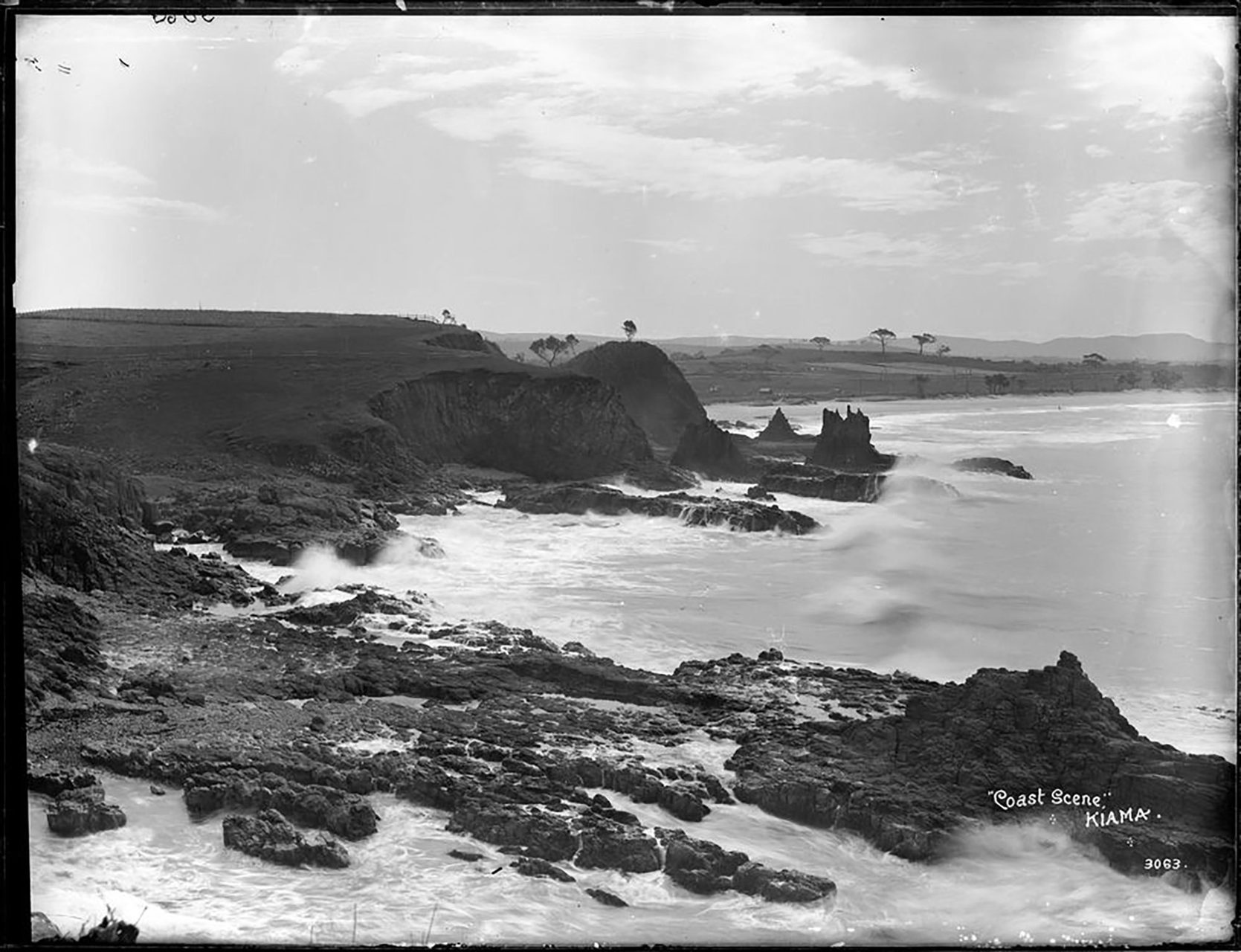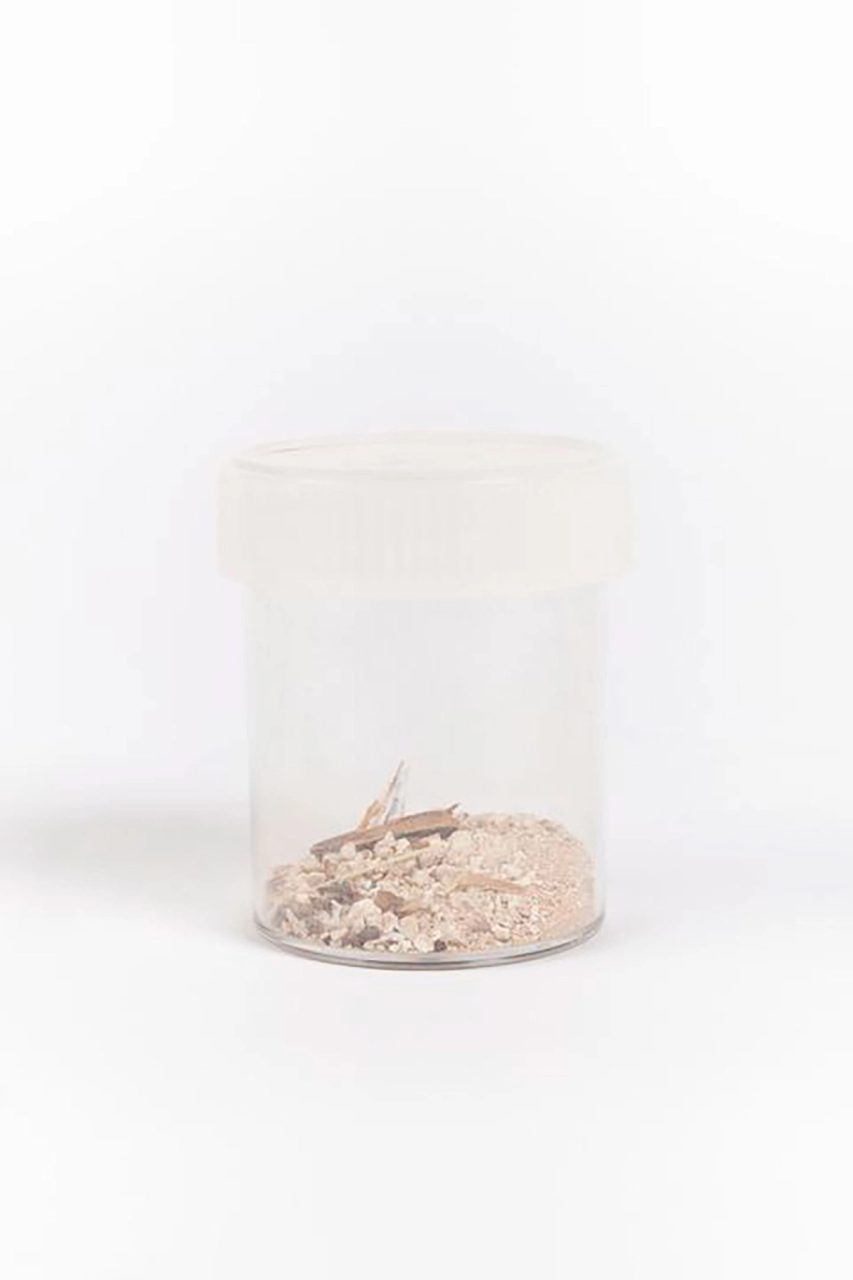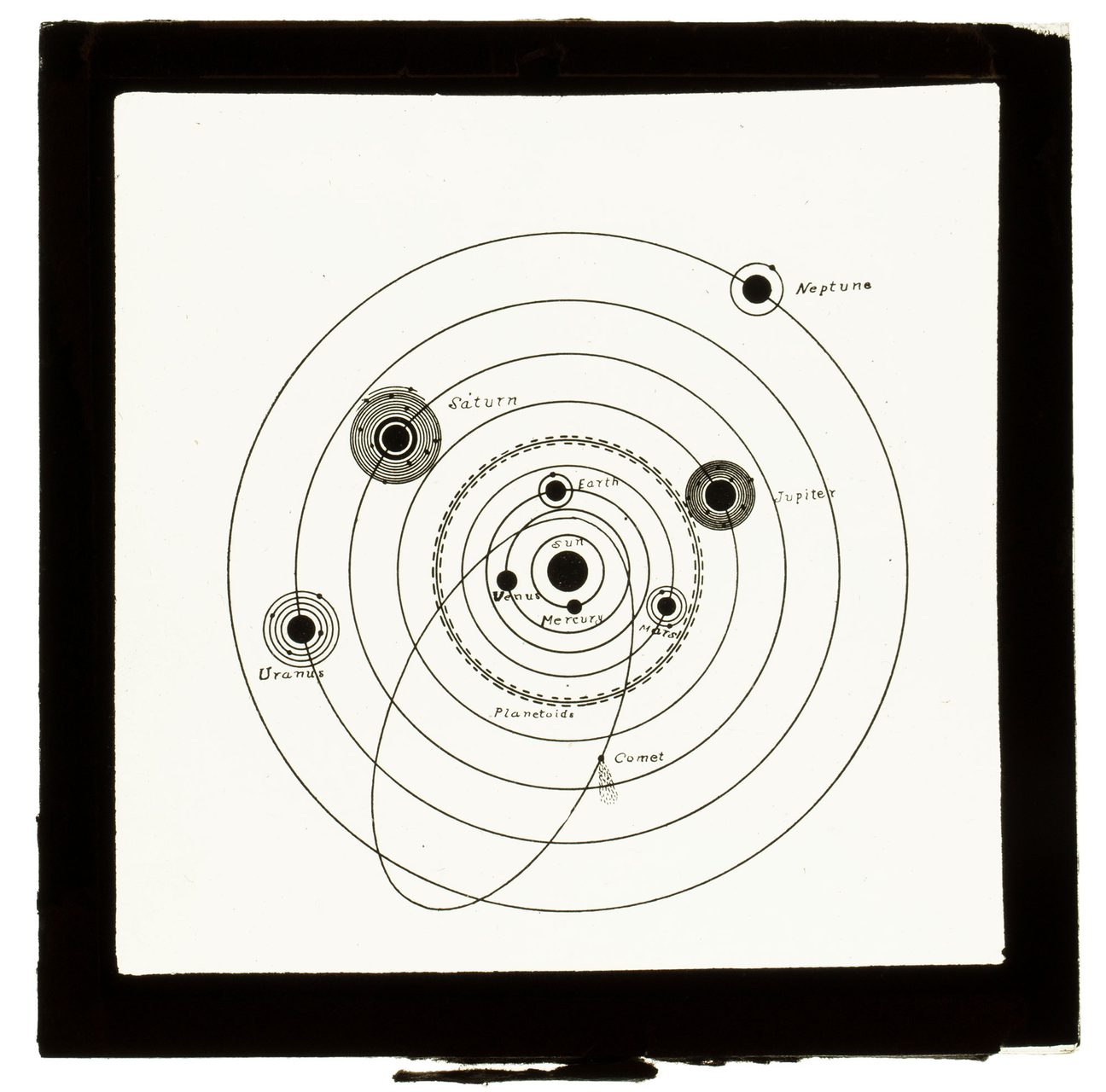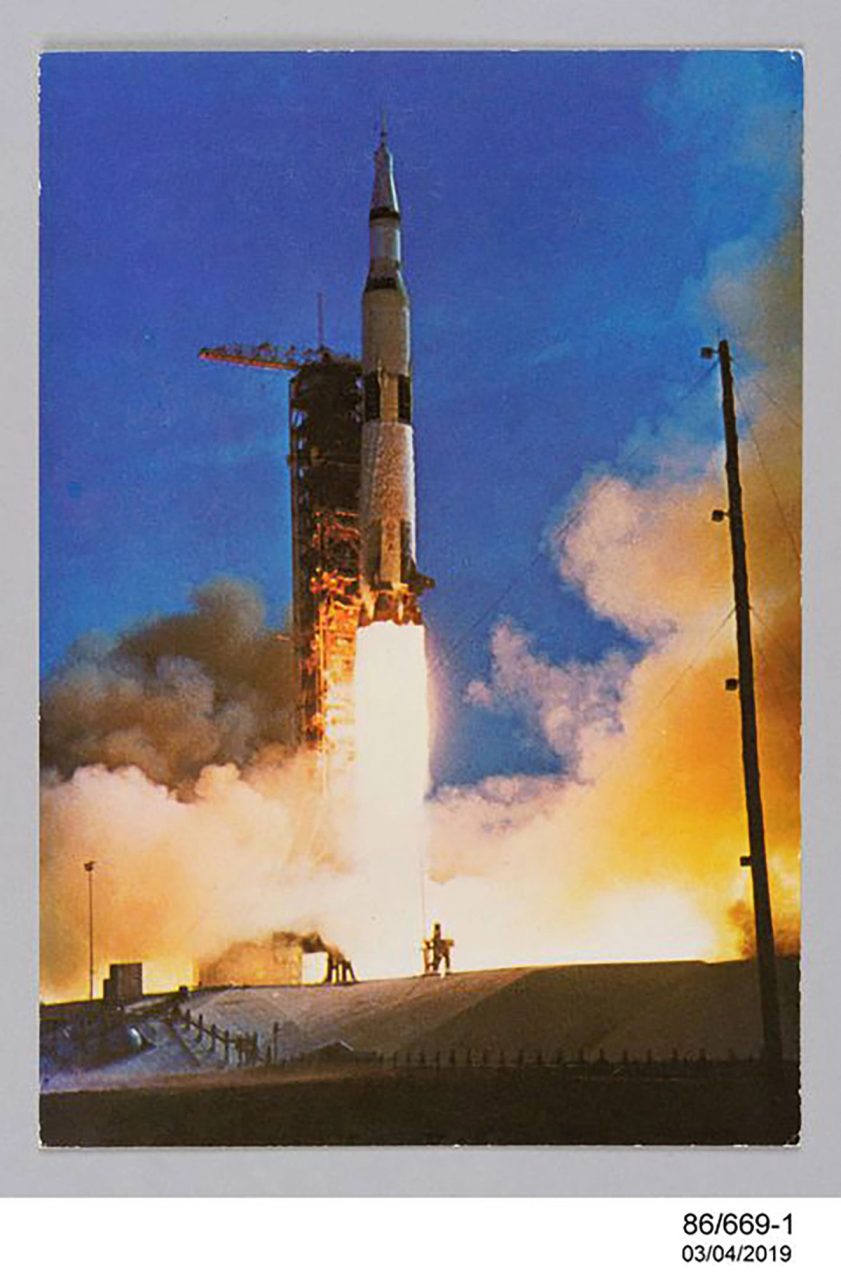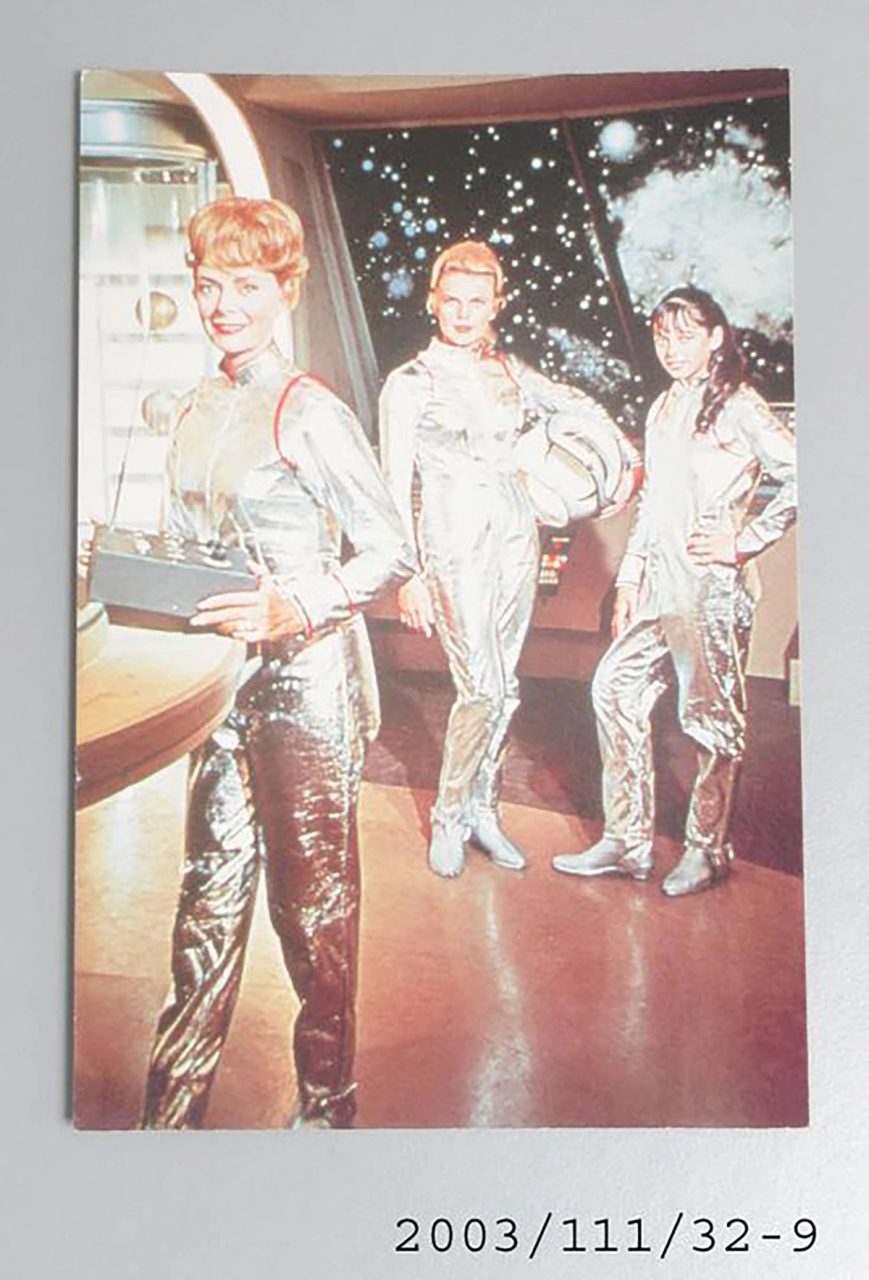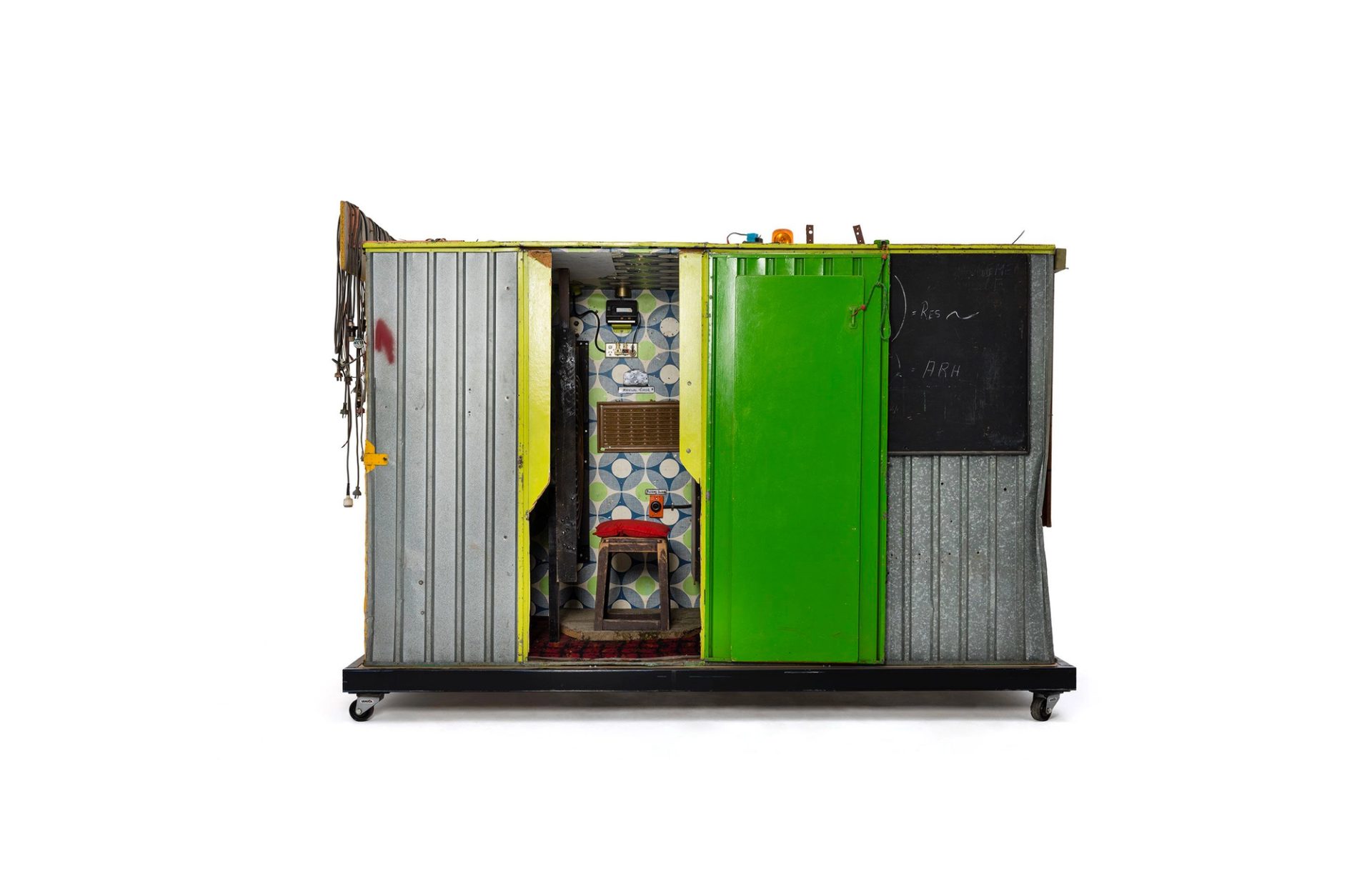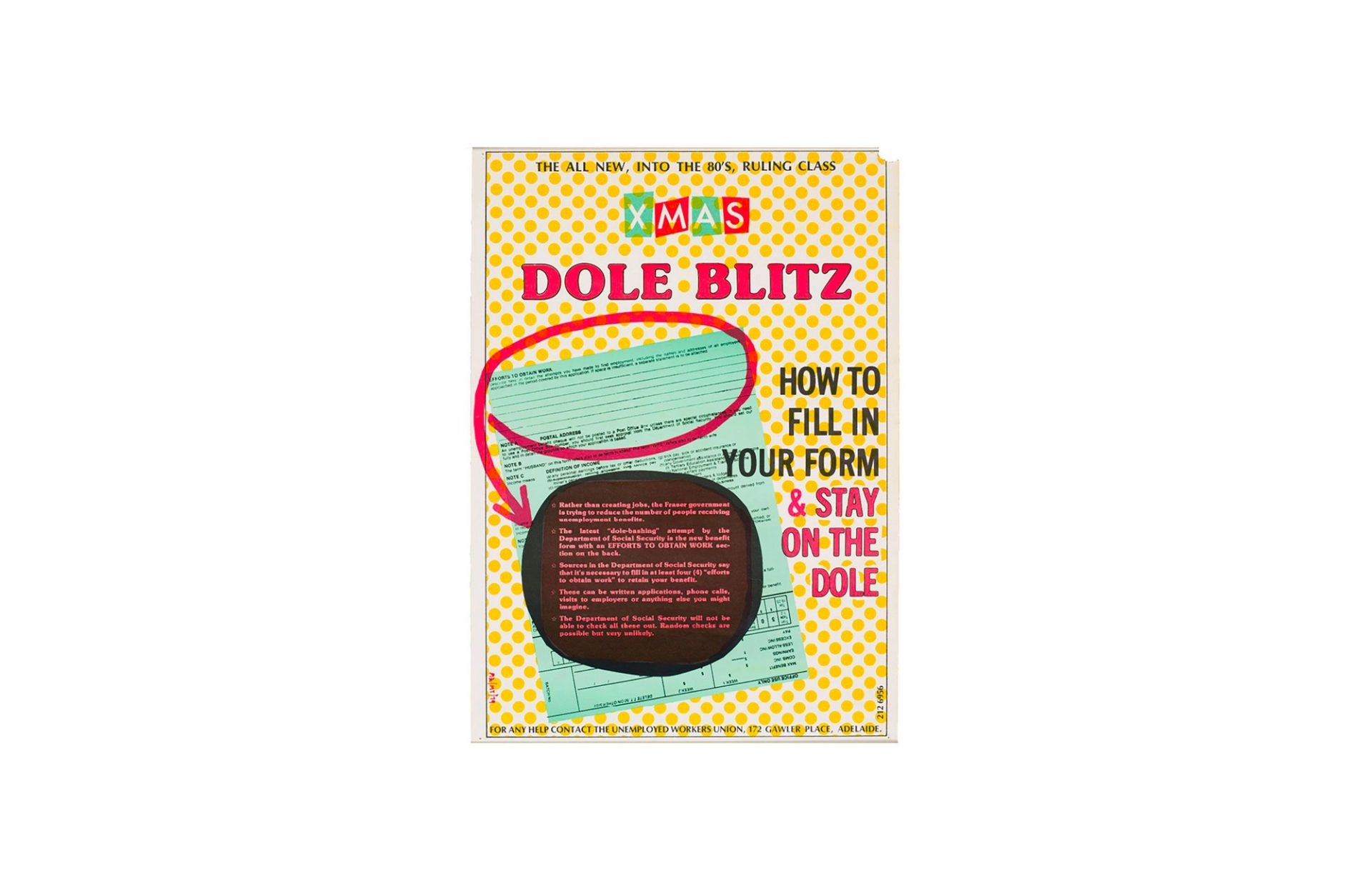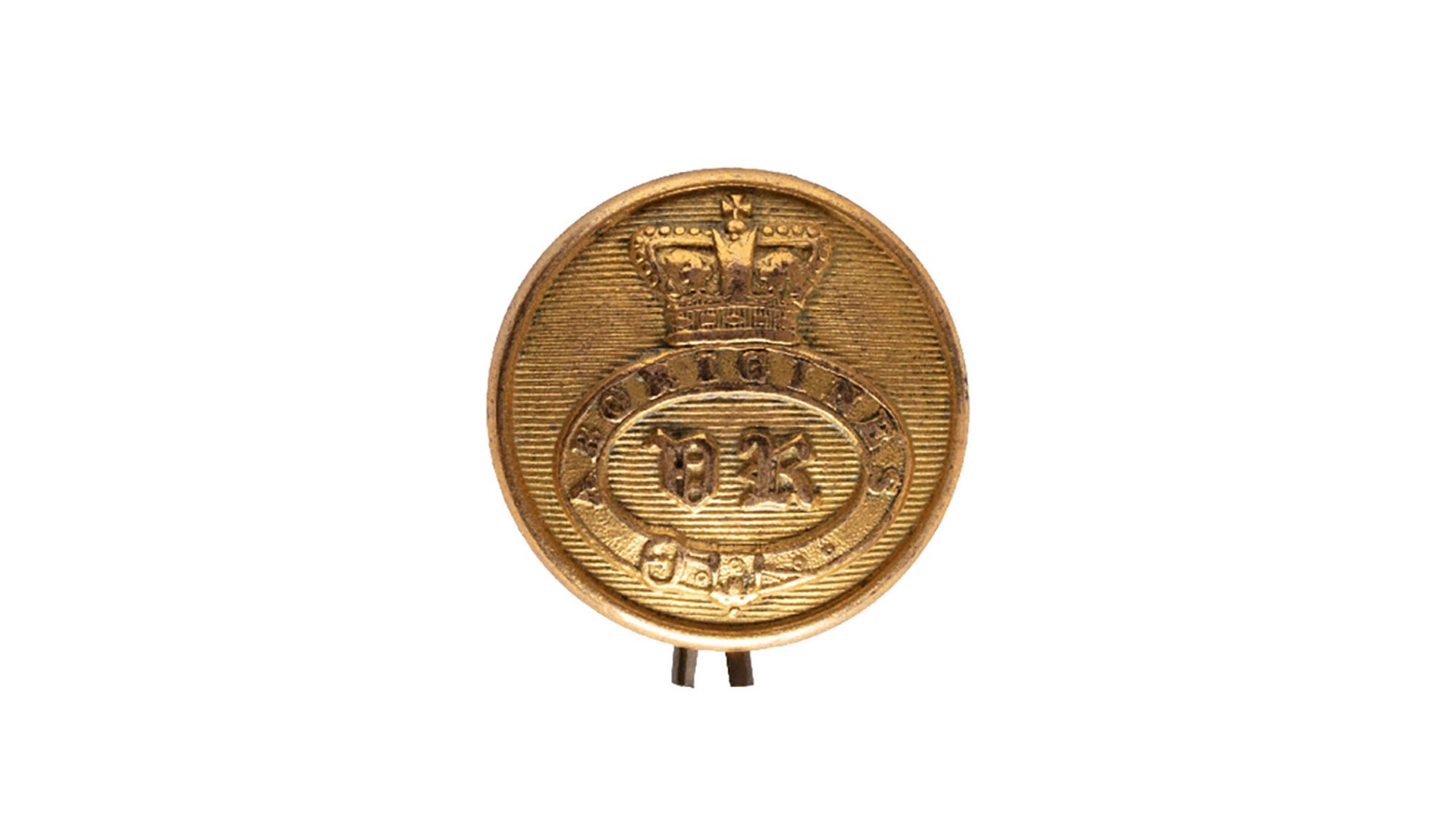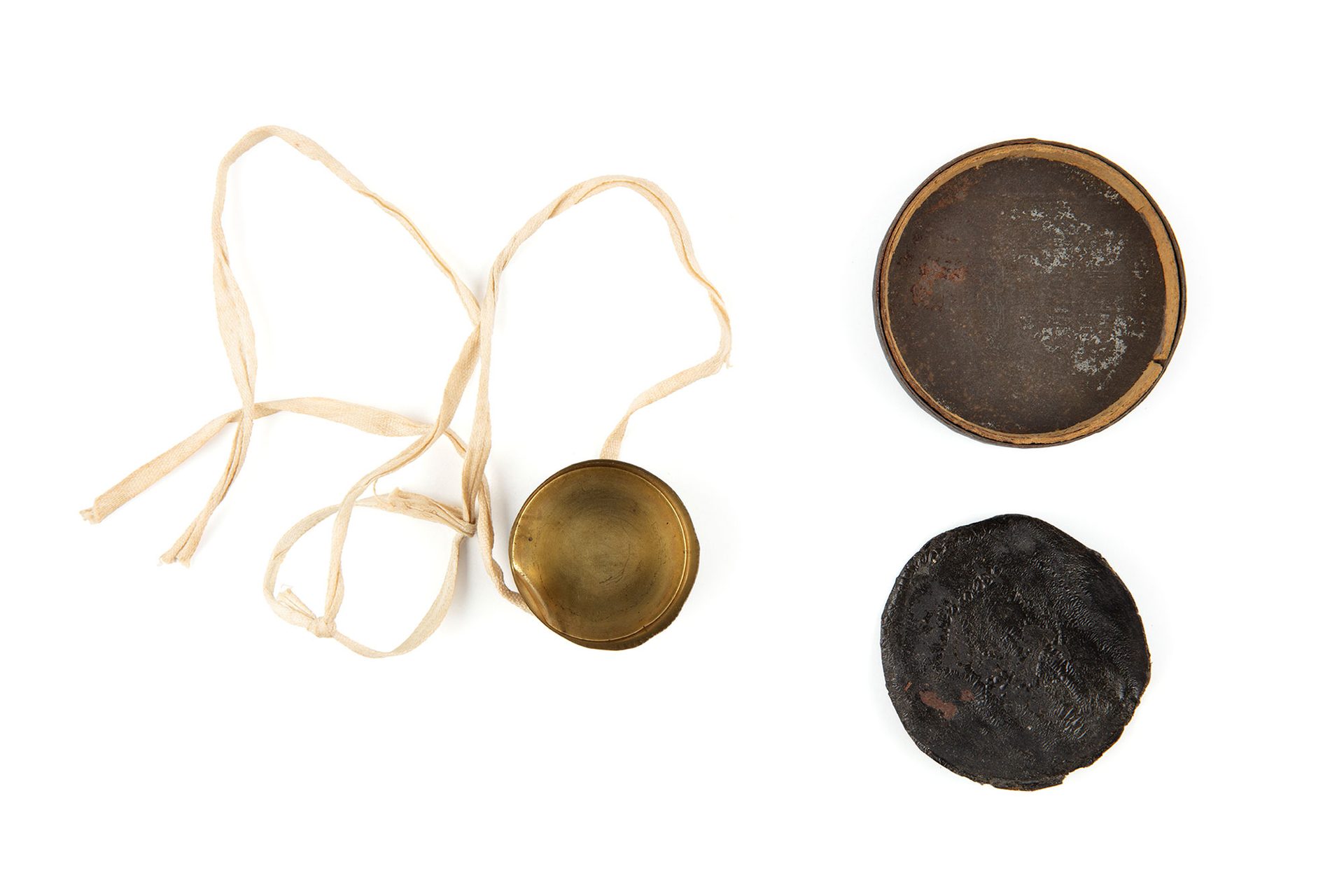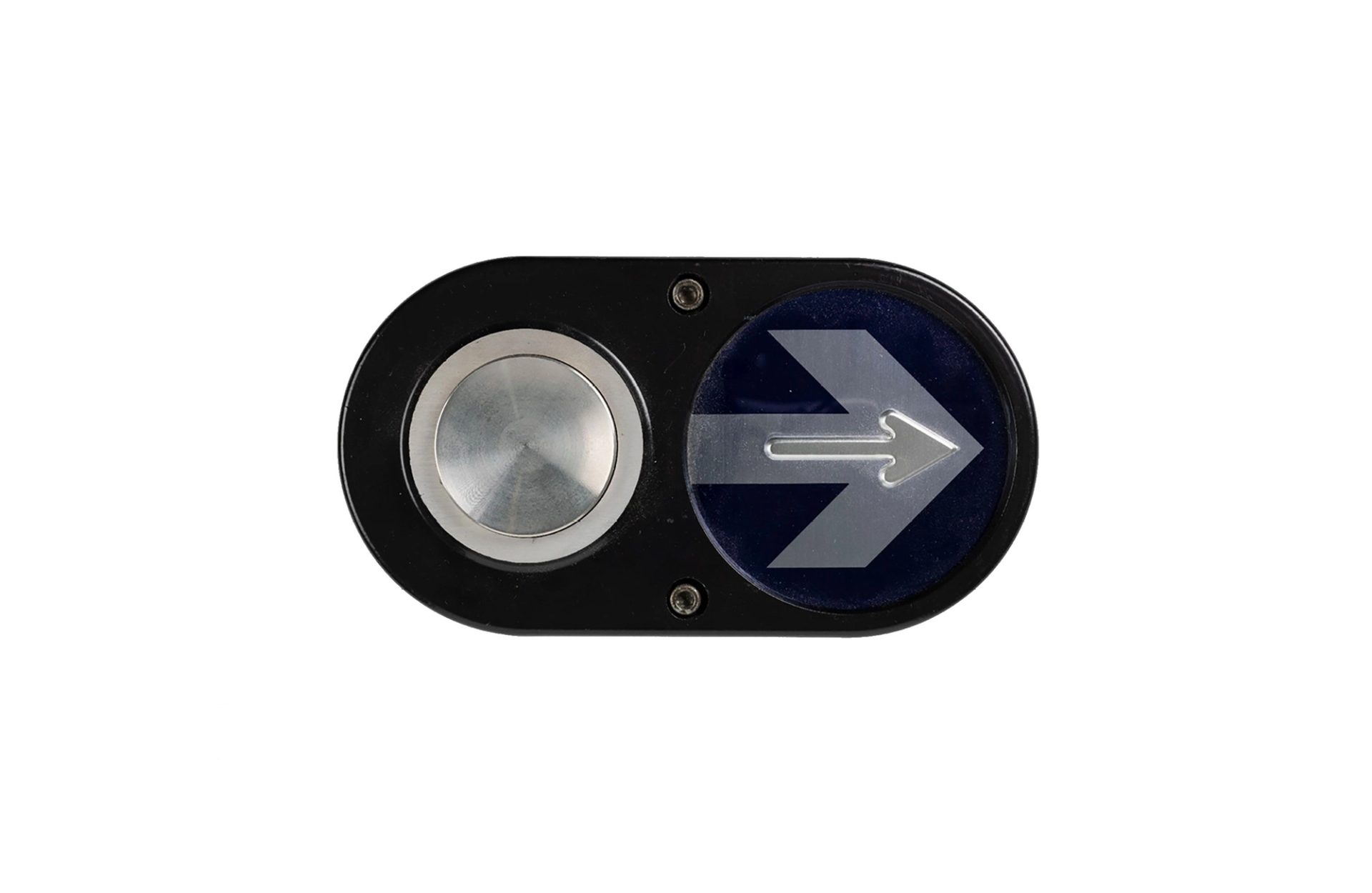Stellar Nullius

From heartbeats to brainwaves, economic cycles to cosmic orbits, oscillations can be found everywhere. This podcast takes artists and listeners deep into the Powerhouse Collection of half a million objects to unearth stories about the vibrations, fluctuations, and movements woven through our world – and beyond it.
Travelling through orbits and transmissions, 'Stellar Nullius' explores earth’s material relationship with space via satellite disposal and debris, and the uncanny historic connections between electronic music and space exploration.
‘What does it mean for us to be so intent on progress that the oceans and the skies, these vast, awe-inspiring places, get treated as junkyards? What are the ethical implications of littering on such a large scale? 100 million pieces orbiting the Earth.’
Transcript
Alexandra Spence This is the sound of natural radio emissions from space generated by lightning storms in the earth's atmosphere and the sun's solar wind interacting with the magnetosphere.
I recorded these spherics and tweaks in Kiama, on a cliff by the sea. It was summer, January. I took off my shoes, grounding the signal with my bare feet on the rock and my hand on the receiver.
And this is a USSR satellite fragment that I met recently. I’m tapping it gently with a soft mallet and using a paintbrush to trace its circumference, jagged and burnt from free falling through the earth's atmosphere. Landing in rural New South Wales at some point in the ‘60s or '70s.
When a satellite reaches the end of its lifespan, it either gets sent up into what is known as the graveyard orbit or down, burning up in the earth's atmosphere or sinking within the spacecraft cemetery in the nether regions of the Pacific Ocean. This location is known as Point Nemo, somewhere between Chile and New Zealand. It's the most remote place on earth, home to more than 260 pieces of spacecraft debris.
Marine pollution can be caused by spillage of toxic rocket propellants and radioactive chemicals present in the spacecraft, but it's really difficult to gauge what substance remains after re-entry. Point Nemo's location, within the South Pacific garbage patch, within the South Pacific gyre, allows few nutrients to circulate within its waters, and it exists beyond the legal jurisdiction of any country. So, no one comes to claim the debris that lies dormant on the ocean floor. And yet, a recent discovery found some of the longest living life forms deep within this section of subsea floor, microbes over 100 million years old.
‘The idea of colonising the moon or mars, because it's empty? It's like stellar nullius.’
Elizabeth A. Povinelli The idea of colonising the moon or mars, because it's empty? It's like stellar nullius. It’s empty. Mars is empty. Like, well, if it's only a certain form of existence, a mineral and gases like Venus, say it's nothing – there's nothing there. Or whatever is there has no ethical or political claim on its own form of existence. So, we can go and do whatever we want.
AS It was the Skylab, NASA's first space station, that initially sparked concern about the disposal of spacecraft debris. This was the first large object to make an uncontrolled re-entry into the earth's atmosphere. In 1979, the entire spacecraft fell out of orbit. It burned up and scattered debris across the Indian Ocean and the Nullarbor Plain.
Miss Universe America was sent in a media stunt to find the Skylab debris, but it was a local stockman who discovered this piece of the oxygen tank lying in a field collecting rainwater. His cows were using it as a water bowl. The local shire issued NASA with a $400 littering fine, although NASA never paid the fee.
Our space debris disposal methods now minimise human risk, but the ecological repercussions of increased space exploration remain unresolved. Since 1957, more than 5000 space launches have led to over 100 million pieces of space junk. There are currently 2000 active and 3000 dead satellites in earth's orbit, as well as launch vehicles, paint flakes, frozen rocket effluent and a spatula that an astronaut accidentally dropped once.
Iver Cairns Comes along and hits the spacecraft, say it's a fleck of paint...
AS Although the majority of these pieces are just a millimetre big, they can cause serious damage upon impact due to their orbiting speeds of eight kilometres per second. And in April, earlier this year, the ISS had to make an emergency move to get out of the way of an incoming piece of debris.
IC It's going fast, runs into the spacecraft so it vaporises the paint particle and a little bit of the spacecraft. And that gives you a little cloud of hot gas. It's hot enough that it's ionised.
AS What does it mean for us to be so intent on progress that the oceans and the skies, these vast, awe-inspiring places, get treated as junkyards? What are the ethical implications of littering on such a large scale? 100 million pieces orbiting the Earth.
Annie Handmer According to international law you can't just grab any object, debris still belongs to someone. You need to get permission before you do anything with it. And for a lot of objects, we don't know who they belong to. Various methods that have been proposed include lassos, nets, adhesive foam. It's called active debris removal or high-powered lasers. The problem is that anything that's capable of grabbing a piece of debris or removing a piece of debris is also capable of doing that to an active satellite. So, they considered very much dual use technologies. And the concern is that there could be weapons.
AS In 1956, a year before Sputnik, Forbidden Planet was the first film to be released with an entirely electronic score, composed by Louis and Bebe Barron. At the film's premiere, the audience broke out in spontaneous applause at the sounds of the spacecraft landing. The Barrons had created these sounds using basic homemade oscillators, recorded and manipulated onto tape. These sounds held no historical lineage, no sonic reference point. They were quite literally alien.
The Barrons didn't consider their process as music composition. Their circuit generated sound treated not as notes, but as actors. Voltage controlled life forms. The sound of the spacecraft circling Altair sounded a lot like this plasma wave recording, captured by a satellite encircling Saturn. It's a funny coincidence that early electronic music and space exploration developed alongside each other.
‘Our latest plans for space exploration involve using the moon as a lunar gateway; the development of a fuel station that orbits the moon; moon bases built directly onto the moon; and the extraction of frozen water and minerals from the surface of the moon.’
AS This is the pilot episode of Gumby that aired in 1955. Gumby finds a spaceship and accidentally flies it to the moon. A decade later, Morton Subotnick used a Buchla synthesiser to compose Silver Apples of the Moon. It's uncanny that early electronic music explorations using analogue synthesisers and magnetic tape sound similar to sonified radio emissions from space that we can only gather today with advanced technology; that this album from 1967 sounds like electromagnetic waves gathered from Jupiter's largest moon by a satellite in 1996. But then again, both are basic sonic translations of the electrical energy that surrounds us.
IC When the Voyager went past Uranus and Neptune, Saturn, for instance, through the ring plane (radio), they were peppered by lots of little dust particles hitting the spacecraft between the two groups (listening to the sound). The reason that super high frequency radioactive waves are so scary is because depending on the type of waves, be it gamma or beta, you know, some of them travel through the audio range you need to send out as you go through the ring.
AS I built a foxhole radio last month to listen in on the myriad of radio transmissions floating around and through us. Consisting of a copper coil, an ionised razor blade and a graphite pencil, these rudimentary radios were developed during World War 2 to receive international broadcasts. In the 1960s, a US research lab launched more than 350 million tiny copper needles into the ionosphere to make it even more bouncy for their radio transmissions. Millions of copper needles floating in space that allowed communication to be more efficient for just a couple of months. Half a century later, some of these needles still orbit our planet in clumps. Others felt the earth too small to burn up in the atmosphere.
There's a phenomenon called the Kessler Syndrome. It's the concern that if space exploration continues carelessly, space debris will proliferate exponentially. One collision creating more debris, resulting in further collisions until all that floating junk means we're unable to leave the earth. So carelessly eager to leave that we end up trapped within an orbiting cloud of our own debris.
About Alexandra Spence
Alexandra Spence is a sound artist/musician based in Eora (Sydney). Through her practice Alexandra reimagines the intricate relationships between the listener, the object, and the surrounding environment as a kind of communion or conversation. She has presented her work worldwide and released music with Room40, Longform Editions, MoreMars (with MP Hopkins), Canti Magnetici, and Mappa. Find Alexandra on Instagram and follow her work on Linktr.ee

















